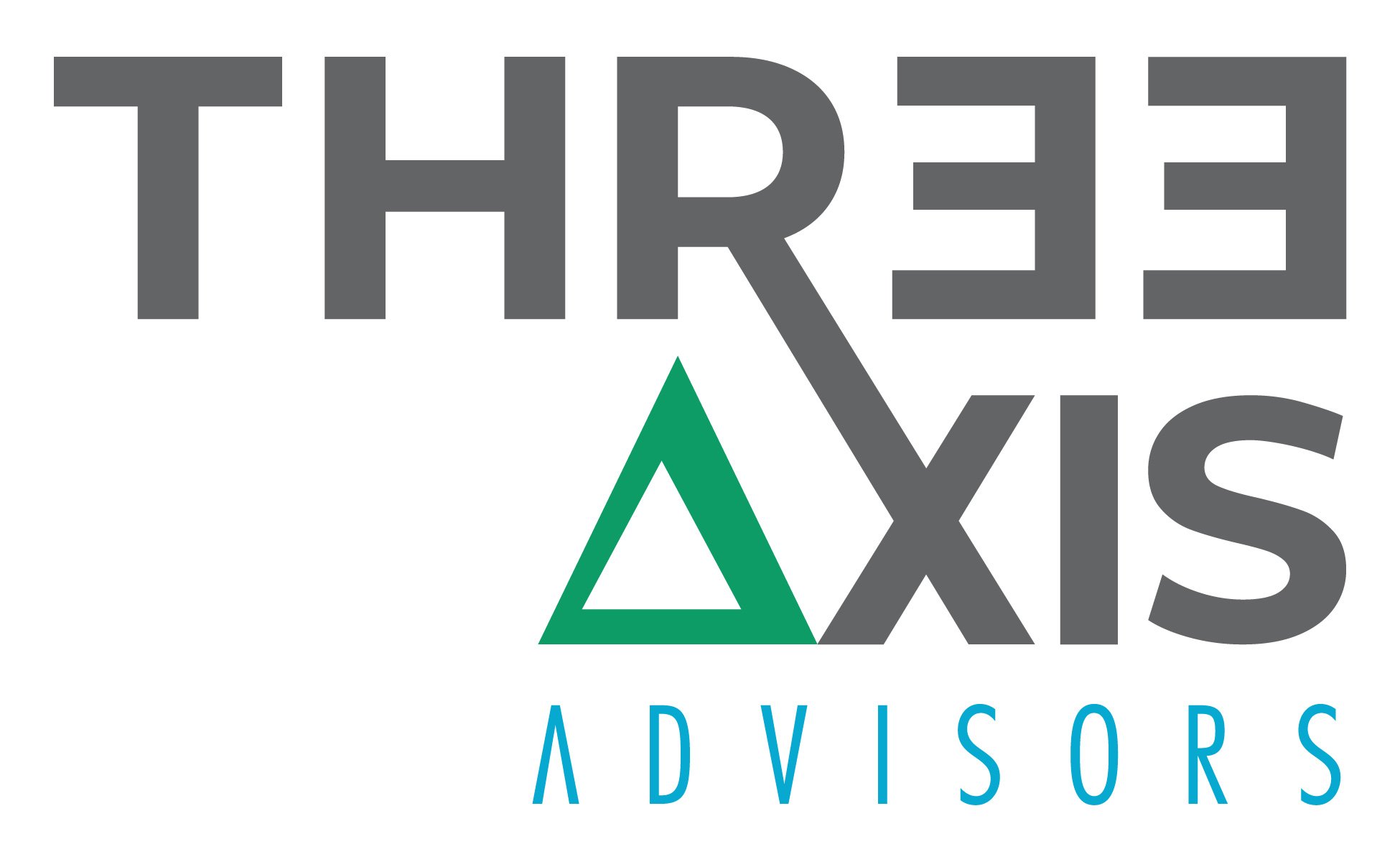Rising prescription drug costs presents a unique challenge for many Americans. But while we have spent considerable public-facing time providing research and data analytics insights on the flow of dollars within Medicaid and Medicare over the years, the truth is that the commercial sector is where most of us get their prescription drug coverage.
In this study, we conducted a study of the pharmacy benefits and reimbursement trends within the state of Washington. For the first time ever within our publicly available research work, we have the opportunity to not just analyze drug pricing trends from the perspective of pharmacy providers who buy and sell medications to patients, but also from commercial plan sponsors, who provide the majority of individuals with their access to prescription drug insurance.
In our analysis of more than nine million prescription drug claims from both small retail pharmacies and commercial employers in the state of Washington from 2020 to 2023, we found that pharmacies and plan sponsors have relatively divergent perspectives on the rate of change of prescription drug prices within the state of Washington.
Our report identifies that drug pricing is a complicated endeavor subject to many potential competing incentives. It has become evident that meaningful reforms to the landscape of drug pricing are improbable as long as the process remains enshrouded in secrecy, hindering comprehensive and transparent evaluation. The phenomenon whereby the same medication, dispensed on the same day, for the same health plan can have potentially variable costs underscores the systemic dysfunction that pervades the current framework of U.S. drug pricing. In such an environment of variable costs, the outcomes are predictably unpredictable – undermining the efficacy of relying solely on competitive financial forces to rectify the prevailing cost disparities that our report highlights.
Read More










